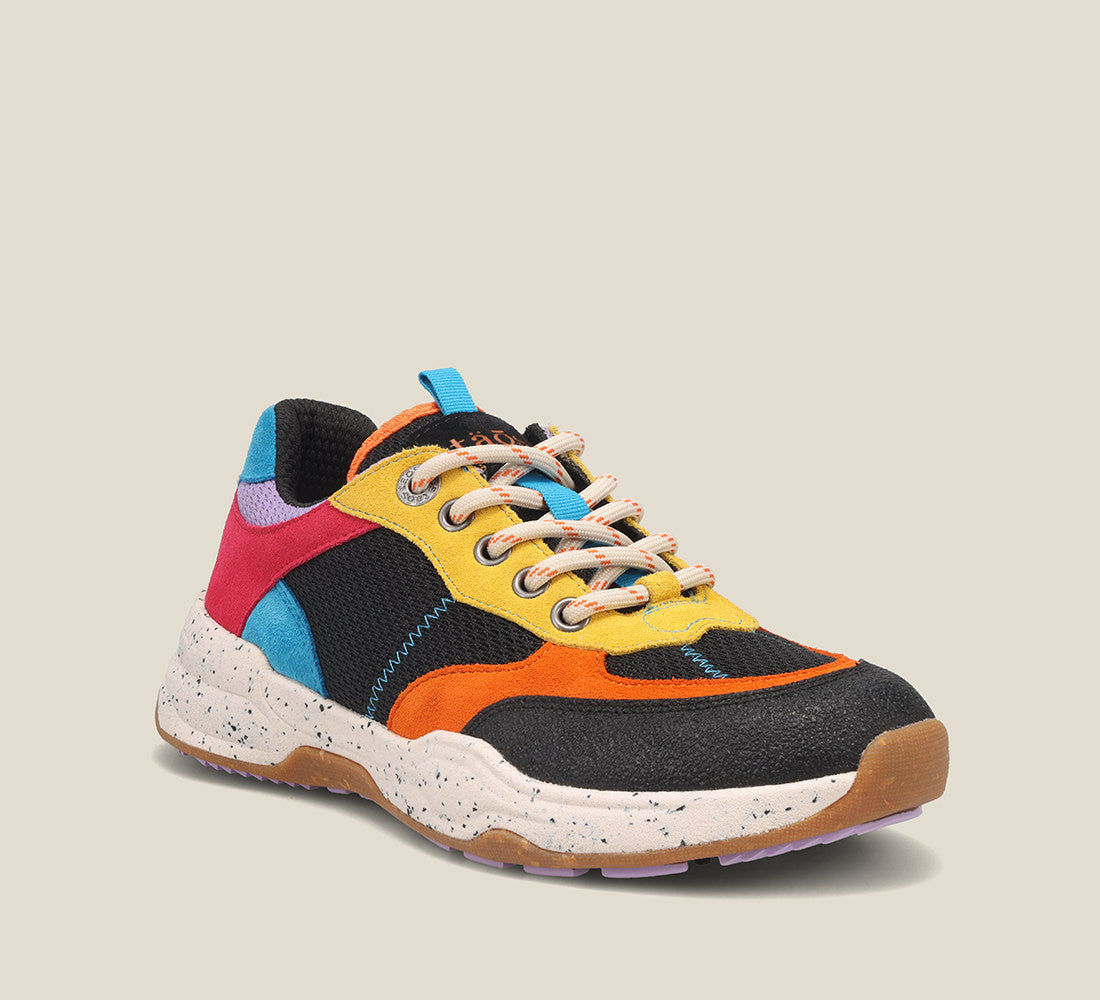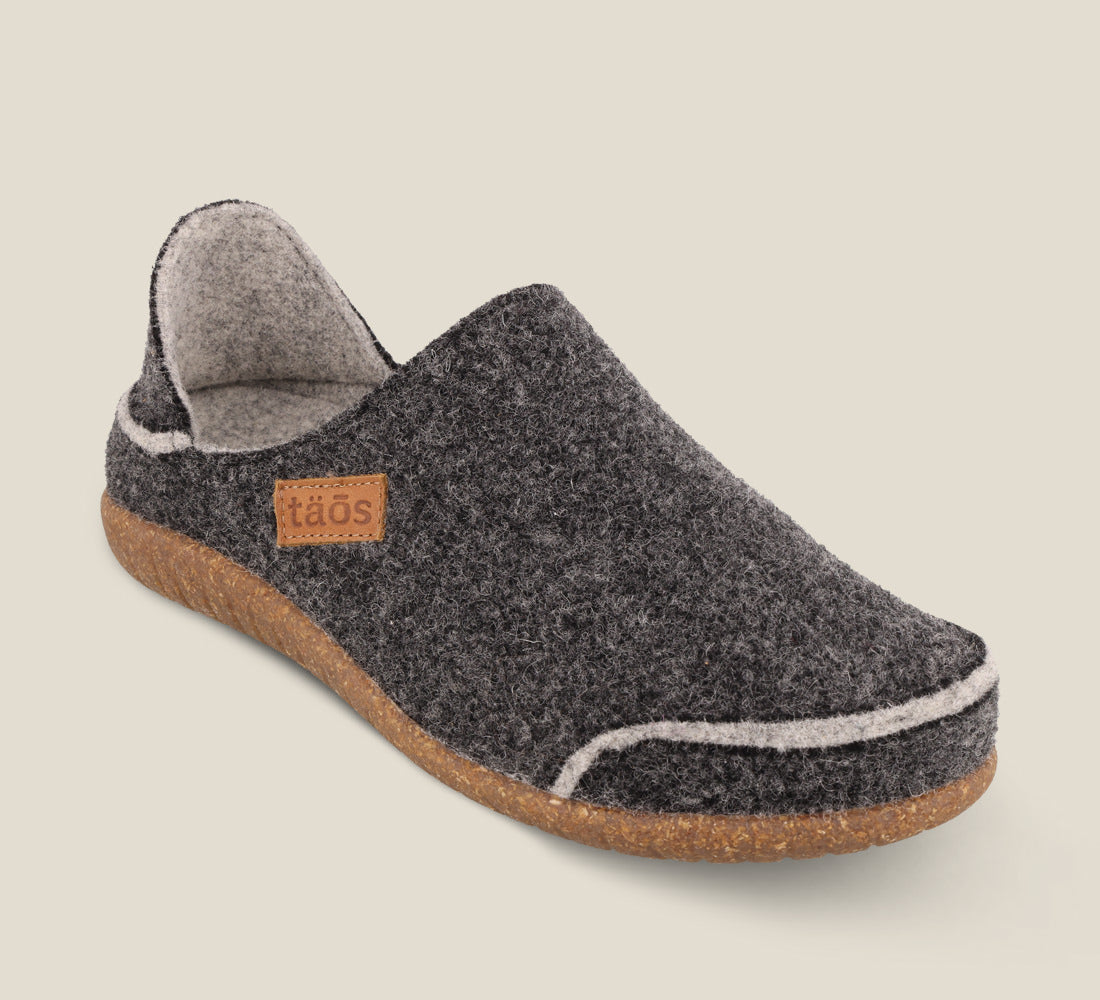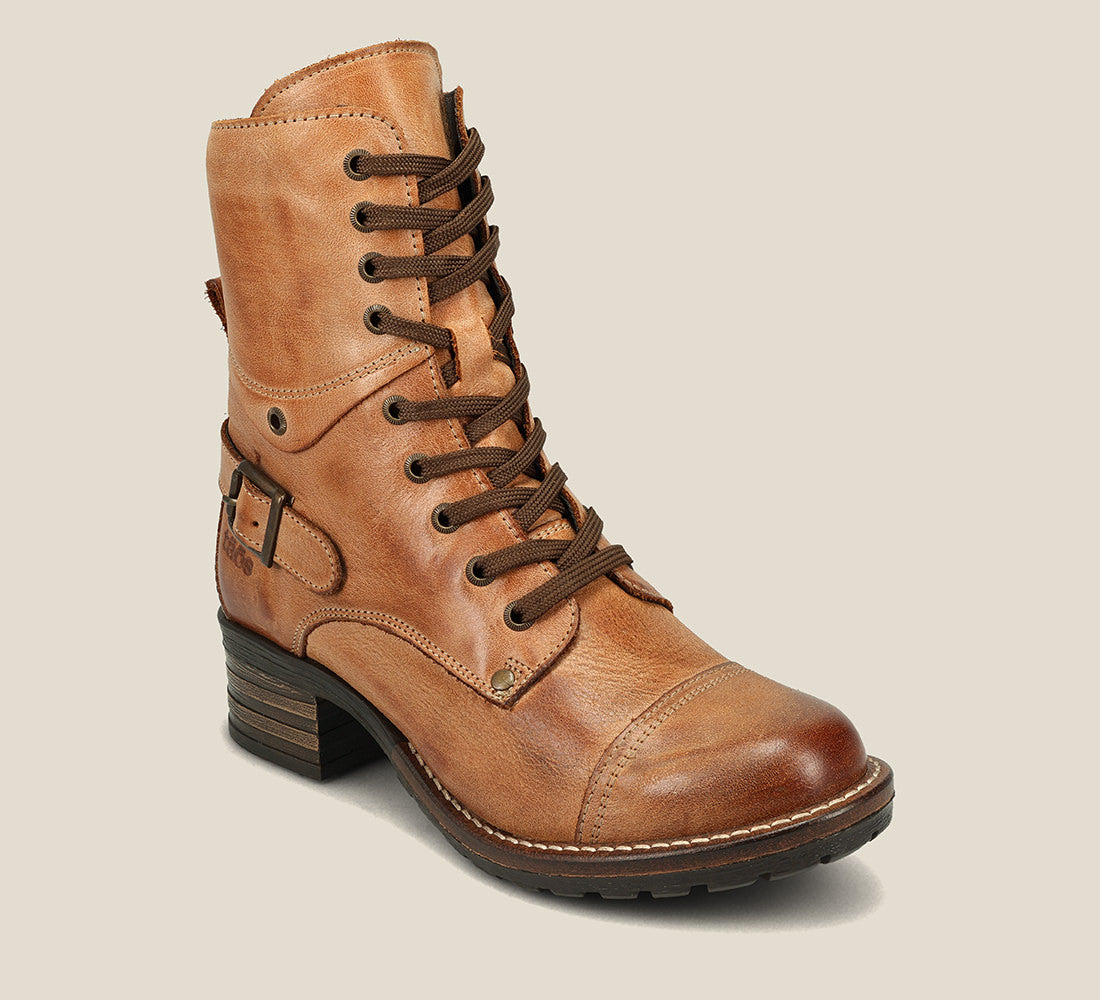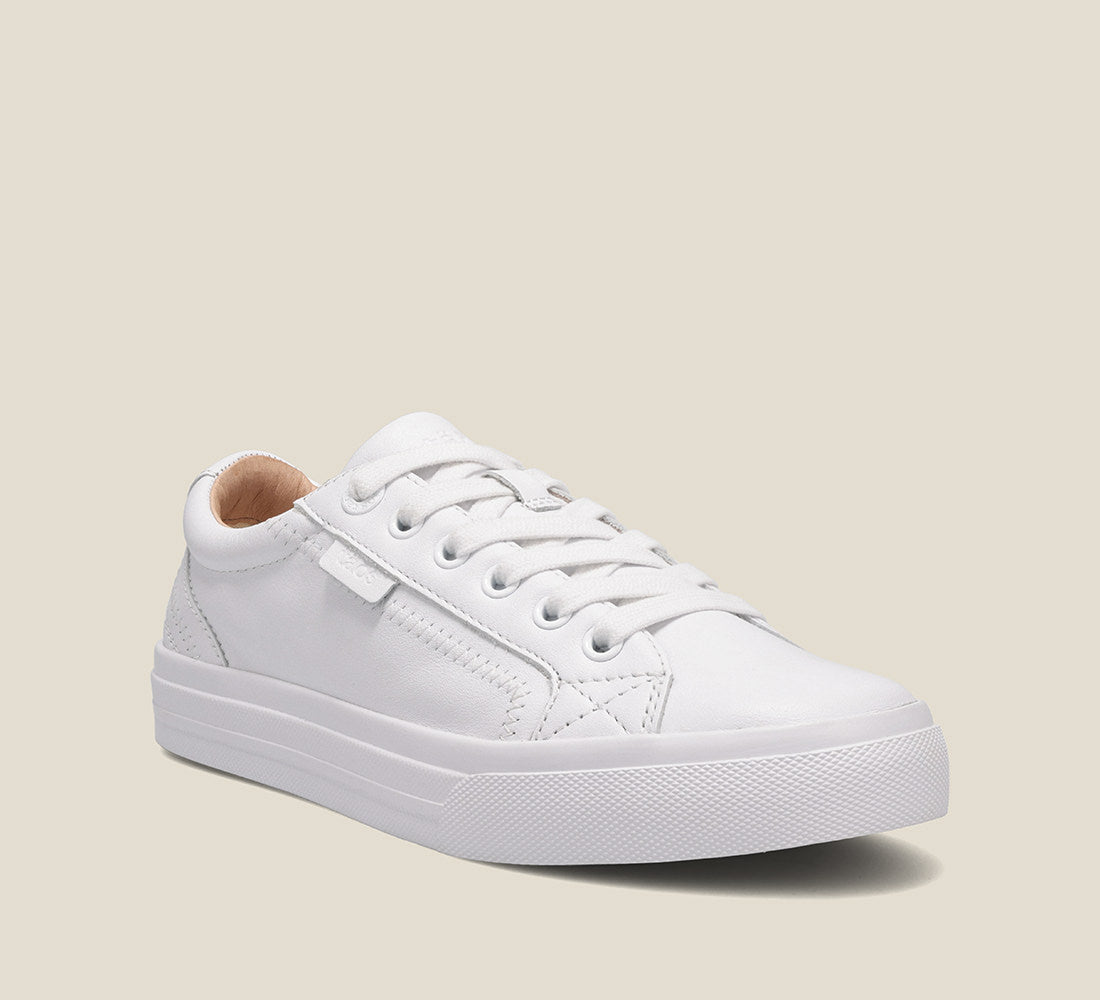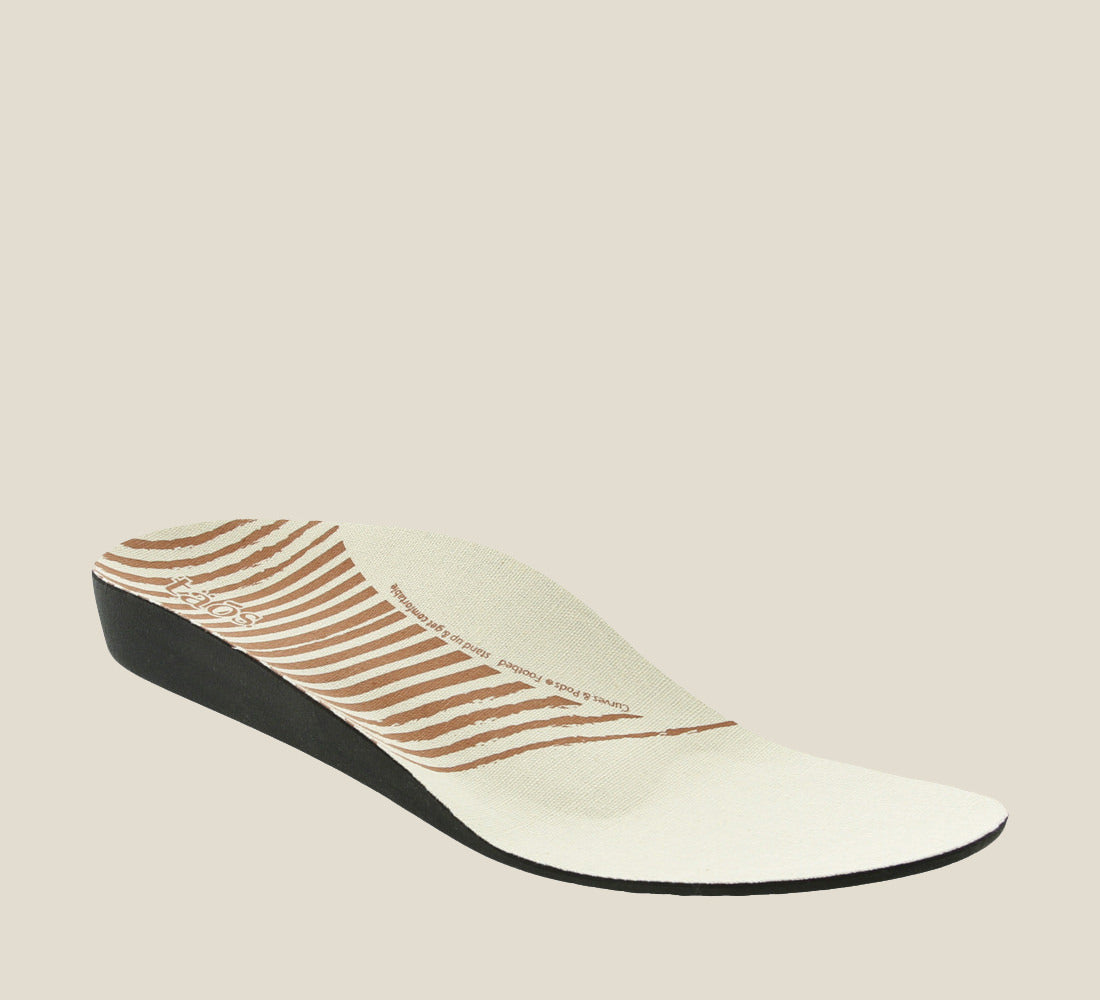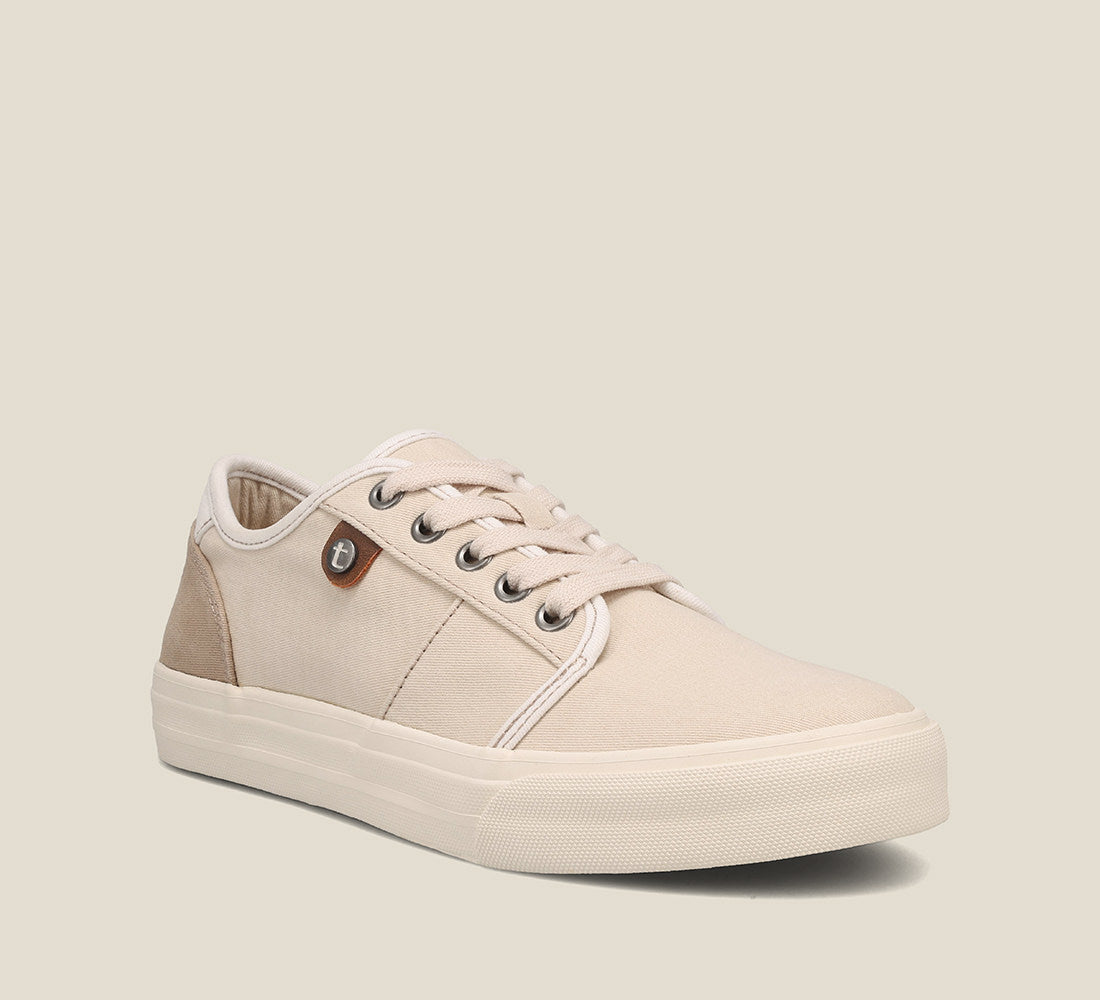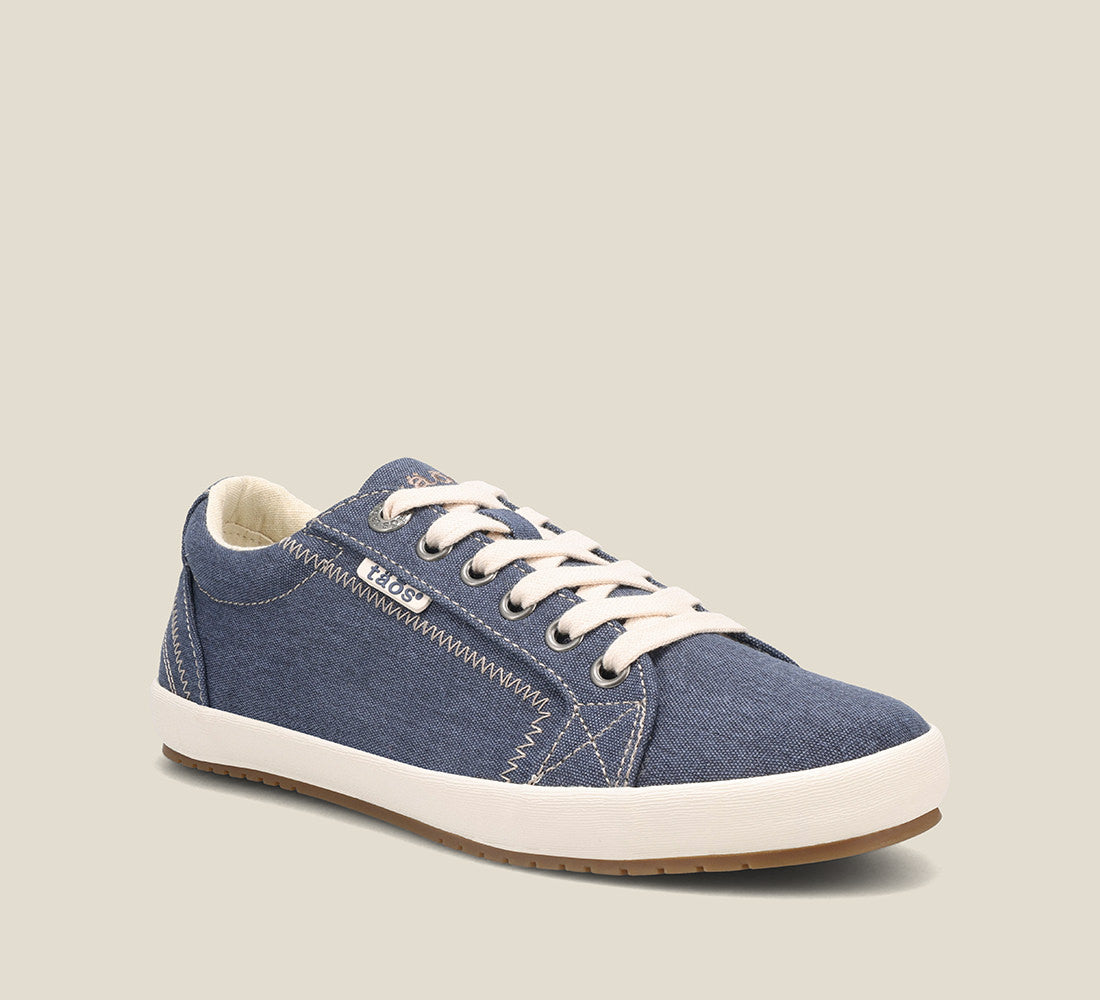Are Your Shoes Causing You Pain?

Are you experiencing foot, back, hip, knee, or shin pain? Believe it or not, your shoes may be the culprit. The relationship between shoes and lower leg and back pain is often overlooked, but it plays a significant role in our overall comfort and well-being.
One of the most common causes of foot pain is wearing ill-fitting shoes. Whether they are too tight, too loose, or lack proper support, poorly fitting shoes can lead to a range of foot injuries. From blisters and corns to plantar fasciitis and bunions, these injuries can be painful and debilitating. Fortunately, there are solutions. Investing in supportive footwear with the right fit and proper sizing can make a world of difference. Let’s explore each type of pain and how to remedy each.
Shoes and Foot Pain
Common Foot Injuries from Ill-Fitting Shoes
Blisters: Friction caused by shoes that are too tight or rub against the skin can result in painful blisters. Blisters can make walking or wearing shoes unbearable and may require time to heal.
Corns and Calluses: Constant pressure or friction from shoes that do not fit properly can lead to the development of corns and calluses. These thickened patches of skin can be painful and may require treatment to alleviate discomfort.
Plantar Fasciitis: Wearing shoes without adequate arch support can contribute to plantar fasciitis, a condition characterized by inflammation of the plantar fascia ligament. This can cause intense heel pain and stiffness, particularly in the morning or after prolonged periods of rest.
Bunions: Bunions are bony protrusions that form on the joint at the base of the big toe. They can be exacerbated by wearing shoes that squeeze the toes together, leading to pain, swelling, and difficulty in finding comfortable footwear.
Morton's Neuroma: Morton's neuroma is a painful condition that occurs when the tissue surrounding the nerves leading to the toes thickens. Ill-fitting shoes, particularly those with a narrow toe box, can compress the nerves and worsen the pain associated with Morton's neuroma.
Solutions: Supportive Footwear
Investing in supportive footwear is crucial for preventing and alleviating foot pain caused by ill-fitting shoes. Here are some key considerations when selecting footwear to promote foot health:
Arch Support: Look for shoes with proper arch support to help distribute weight evenly and reduce strain on the feet. Arch support can help alleviate conditions such as plantar fasciitis and flat feet.
Cushioning: Opt for shoes with adequate cushioning to absorb shock and provide comfort during walking or running. Cushioning helps reduce the impact on the feet, especially on hard surfaces.
Toe Box Space: Choose shoes with a roomy toe box to allow toes to move naturally and prevent the development of bunions or aggravation of existing conditions. Avoid shoes that squeeze or crowd the toes together.
Proper Fit: Ensure that shoes fit properly, with enough space between the end of the shoe and your longest toe. Shoes that are too tight or too loose can lead to various foot problems and discomfort.
Proper Sizing
Correct shoe sizing is essential to ensure proper fit and prevent foot pain. It is recommended to have your feet measured by a professional shoe fitter to determine your accurate shoe size. Keep the following tips in mind:
Measure Both Feet: Feet can vary in size, so it's essential to measure both feet and choose shoes that accommodate the larger foot comfortably.
Measure Later in the Day: Feet tend to swell throughout the day, so measuring them in the afternoon or evening when they are at their largest can help ensure a more accurate fit.
Consider Width: In addition to length, consider the width of your feet. Some shoes come in different width options to accommodate varying foot shapes.
Try on Different Brands and Styles: Not all shoe brands and styles fit the same, even in the same size. Experiment with different options to find the one that provides the best fit and comfort for your feet.
Orthotics
Orthotics, or shoe inserts, can be a valuable addition to support and alleviate foot pain. These inserts are designed to provide additional arch support, cushioning, and stability. There are various types of orthotics available, including over-the-counter options and custom-made inserts. Consult with a podiatrist or healthcare professional to determine the most suitable orthotic solution for your specific foot condition.
By addressing footwear-related factors and choosing supportive shoes with proper fit, arch support, and cushioning, you can significantly reduce foot pain and promote overall foot health. Remember, taking care of your feet is essential for maintaining an active and pain-free lifestyle.
Connection Between Back Pain and Shoes
Back pain is a prevalent issue that affects millions of people worldwide. While there are several factors that can contribute to back pain, the shoes we wear play a significant role in the health and alignment of our spine. It is important to understand the connection between shoes and back pain to make informed choices about footwear that can alleviate discomfort and promote spinal health.
How Sneakers Affect Spinal Alignment
Wearing shoes that lack proper support can lead to poor spinal alignment. When the arches of the feet are not adequately supported, it can cause the body to compensate, resulting in strain and tension on the muscles and ligaments of the back, as well as moderate to severe pain.
Shoes with insufficient cushioning can also contribute to back pain. The impact of walking or running on hard surfaces can reverberate up the body, causing shock and placing stress on the spine. Without proper cushioning, the spine will absorb more of this impact, which it’s not meant to do.
And finally, sneakers that are too tight or too loose can alter the way we walk or stand, placing additional strain on the back. Ill-fitting shoes disrupt the natural curvature of the spine and lead to muscle imbalances and pain.
Remedies: Supportive Footwear and Posture Correction
-
1. Choose Supportive Footwear: Opt for supportive footwear that are specifically designed to provide support to the arches and promote a neutral foot position. These shoes distribute weight evenly throughout the feet, reducing strain on the back.
-
2. Consider Orthotics: In some cases, using orthotic inserts in your shoes can provide additional support and alignment for the spine. Consult with a podiatrist or healthcare professional to determine if orthotics are suitable for your specific needs.
- 3. Focus on Posture: Pay attention to your posture while standing, walking, and sitting. Engage your core muscles, keep your shoulders back, and maintain a neutral spine position to alleviate strain and prevent long-term issues.
Sneakers and Hip & Knee Pain
How Sneakers Can Cause Joint Pain
Sneakers that lack adequate support can also cause hip and knee pain. Without proper support, your joints will not be properly aligned, resulting in increased stress and strain on the surrounding muscles, ligaments, and tendons. Though not immediately, the added stress will cause inflammation in the hip and knee joints.
When walking or running, the impact of each step is absorbed by the joints. Without sufficient cushioning, the load will be transferred to your joints, which will inevitably lead to joint damage over time.
How to Alleviate Joint Pain: Modifications and Strength Training
-
1. Choose Shoes with Adequate Support and Cushioning: Opt for sneakers that provide proper support and cushioning for your hips and knees. Look for shoes with features like arch support, a cushioned midsole, and shock-absorbing technology. These features can help reduce the impact on the joints and alleviate discomfort.
-
2. Consider Custom Orthotics: If you have specific foot or gait abnormalities that contribute to hip and knee pain, custom orthotics may be beneficial. Orthotics can provide additional support and alignment, helping to distribute pressure evenly throughout the joints.
-
3. Strengthen the Surrounding Muscles: Strengthening the muscles surrounding the hips and knees can help alleviate joint pain. Focus on exercises that target the hip abductors, quadriceps, and gluteal muscles. Building strength in these areas can provide better support for the joints and reduce the risk of pain or injury.
- 4. Modify Activities: If you experience persistent hip or knee pain, it may be necessary to modify your activities temporarily. Reduce high-impact exercises such as running or jumping and opt for low-impact alternatives like swimming or cycling. This can help minimize stress on the joints while still maintaining an active lifestyle.
Remember, it is essential to listen to your body and consult with a healthcare professional if you experience chronic or severe hip and knee pain. They can provide a proper diagnosis and recommend tailored treatment options based on your specific needs, which may be entirely unrelated to your footwear.

Shin Splints and Shoes
Causes: Overpronation and Lack of Cushioning
Shin splints can be triggered by a number of things, but these are the most common that are associated with footwear:
Overpronation: Overpronation occurs when the foot rolls inward excessively during walking or running. This can cause the arches to collapse and increase stress on the shinbone. Shoes that do not provide proper arch support or stability contribute to further overpronation and increase the risk of developing shin splints.
Lack of Cushioning: Insufficient cushioning in shoes can also contribute to shin splints. When the impact of each step is not adequately absorbed, the force is transferred to the shin and knee. The repetitive stress will cause shin splints or other shin-related pain over time.
Solutions: Arch Support and Flexibility
As with the other types of pain that are caused by poorly designed or ill-fitting shoes, shin splints can often be managed with proper arch support. Look for shoes that have built-in arch support or consider using orthotic inserts to provide additional support and prevent overpronation.
Adequate cushioning helps reduce the stress placed on the shinbone, decreasing the risk of inflammation and pain. Opt for shoes with a cushioned midsole or specialized technology designed for shock absorption. And finally, choose a pair that supports a natural range of motion while walking or running to reduce stress on the tibia.
How to Fix Shoe-Related Pain
Diagnosing Your Shoes as the Issue
Just because your lower body or posterior chain is in pain, does not mean that your shoes are to blame. But there are a few quick ways to check:
-
1. Assess Your Pain: Pay attention to when and where you experience pain. Is it localized to a specific area, such as the feet, back, hips, knees, or shins? Note any patterns or activities that trigger the pain. This information will help you determine if your shoes are the likely cause.
-
2. Inspect Your Shoes: Examine your current footwear for signs of wear or damage. Look for worn-out soles, flattened cushioning, or any visible structural issues. It may be time to replace them.
- 3. Consider Your Foot Type: Understand your foot type, including arch height and pronation tendencies. High arches, low arches, or overpronation can affect how your shoes fit and function. Consult with a podiatrist or shoe specialist to determine your foot type if unsure.
Wear the Proper Footwear
Choose shoes that provide proper support and cushioning based on your foot type and specific needs. Look for features such as arch support, shock-absorbing midsoles, and cushioned insoles. All Taos shoes, sandals, and boots are designed with all three of these foot-first features.
Once you find the right features, make sure you choose the right size to prevent discomfort and pain. They should have enough room in the toe box, secure heel support, and a snug but not tight fit. Remember to measure both feet and try on shoes later in the day when your feet are slightly more swollen.
Rotate Your Sneakers
Rotating your sneakers can help distribute wear and tear more evenly and prevent overuse injuries. By alternating between different pairs of shoes, you allow each pair to decompress and regain their cushioning properties, extending their lifespan. This also means that you won’t have to buy a new pair of shoes every month.
Incorporate a variety of shoe types into your rotation. For example, include running shoes, walking shoes, and cross-training shoes. Each type of shoe is designed to provide specific support and cushioning for different activities, reducing strain on specific muscle groups and joints.
The foundation of our daily activities rests, quite literally, on our feet. The shoes we wear play a pivotal role in our overall health, influencing not just our feet, but our knees, hips, back, and even our posture. Ill-fitting or unsupportive shoes can be the silent culprits behind a myriad of pains and discomforts.
However, the good news is that the right footwear choices can mitigate and even eliminate these issues. So before you purchase your next pair of shoes, make sure you do your research so that you can put your best (and healthiest) foot forward.
 Leather
Leather
 Canvas
Canvas
 Slip-on
Slip-on
 White
White
 Men's
Men's
 Soft Support
Soft Support
 Cork Support
Cork Support
 Euro Cork Support
Euro Cork Support
 Wedge Collection
Wedge Collection
